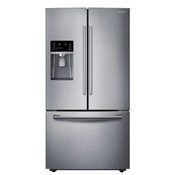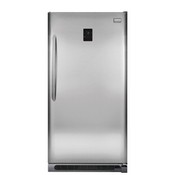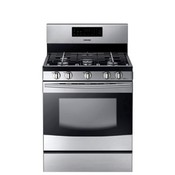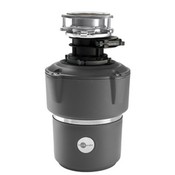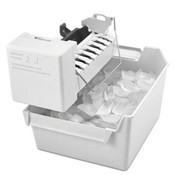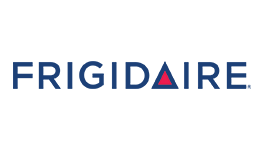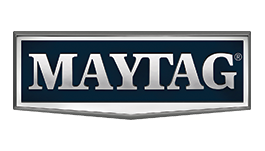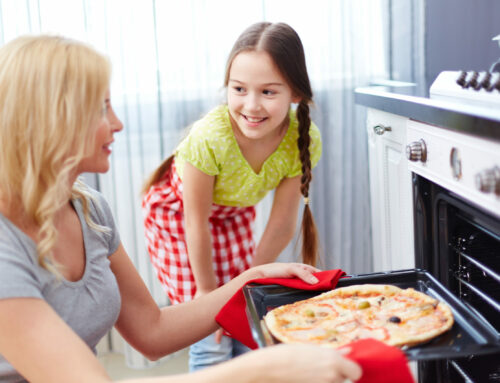Solar ovens or hot boxes are simple devices that use energy from the sun to cook food. They are useful for cooking while camping or at the beach as well as use as a temporary appliance when waiting for an oven repair. The question remain if they usable as a main cooking device? Before making the decision to convert to a solar oven, learn how this appliance operates and if it is actually usable in every day meal preparation.
Cooking For Free
There are many benefits to using the sun for energy and more product manufacturers are releasing solar versions or adapters for their products. As for cooking, the beauty of solar energy is that it is free, healthier, and cleaner than a regular stove. There are also no fumes or smoke that can affect the flavor of the food.
Solar ovens are manufactured as a container that is lined with reflective metal to attract the sun’s ultraviolet rays as they enter the box, where they are trapped. As UV rays pass through the lid of the unit and into the box, they are converted into infrared rays, which heat up whatever is inside. Infrared rays bounce from the reflective walls and into the food, which excites organic molecules. This results in increased temperatures, which cooks the food.
Limitations
The biggest limitation with a solar oven is not having enough sun to filter into the box, which prevents the unit from reaching a temperature high enough to heat the food. In areas where a lack of sunlight is rarely a problem, this may not be an issue; where skies tend to be more overcast, hot boxes do not perform well. They are great for heating smaller, less dense items; meat requires full sun for many hours. For occasional, or supplemental heating, or as a temporary replacement during an oven repair crisis at home, this type of oven may be well; overall, it is probably not good for everyday cooking needs.
Although better than having a broken cooking area needing oven repair, solar cooking does take longer than the conventional manner. It is also difficult to regulate the temperature within the box as the food being cooked must be checked frequently. The best time to use solar ovens is when the sun is at its peak during midday, which is not when most people prepare their main meal. These limitations make even the best hotbox models only marginally usable as a main cooking source.
Food Results
Science aside, what matters the most when cooking food is the results achieved using a hot box versus a conventional oven. Unless the food tastes good, most people will probably not enjoy this type of cooking, regardless of how easy or free it may be or even when facing oven repair of their main cooking source.
Test kitchens report that results indicate that solar ovens are great for things like roasts, whole chickens, potatoes, and other dense foods containing a lot of fluids; they do not perform well with most other types of food. Vegetables were difficult to cook without being overdone and rice came out sticky. Surprisingly, in the test reports, chocolate chip cookies came out the best, which is attributed to being a fast-cooking food that could be watched for being done without actually opening the lid.
The verdict is that while solar cooking may be useful in some situations, it is not a very reliable or convenient way to prepare food despite its merits. There are too many variables that affect the cooking process, preventing it from working well. Until better technology is developed, solar ovens are best used for occasional heating or cooking while waiting for that oven repair job to be done!

